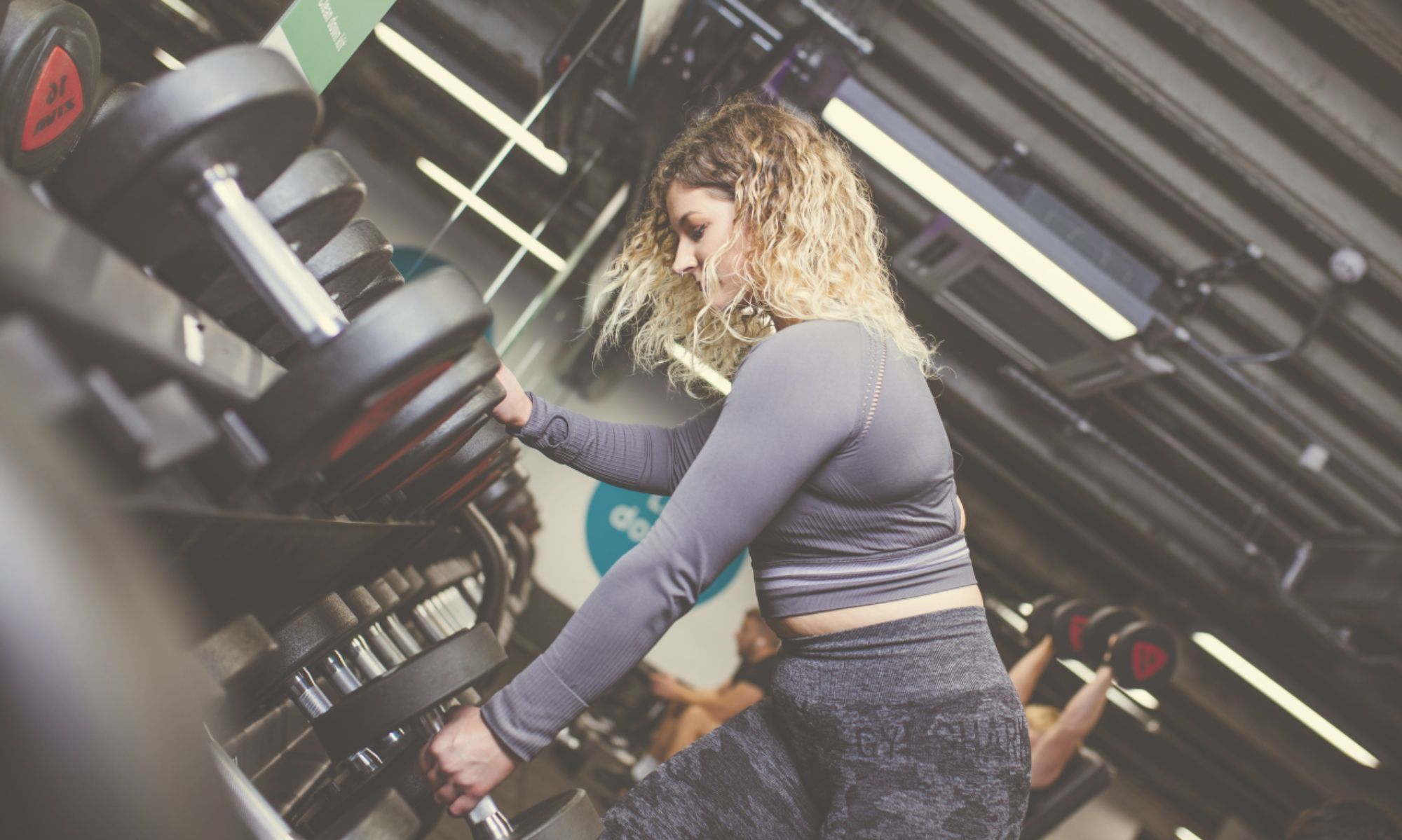Thanks to insta we are all after that fuller booty. There are some instagrammers out there who are uber fit and will vouch that the best way to naturally build your glutes is to lift. HEAVY. However, there are still some accounts telling us that to grow glutes we should be using resistance bands, strange leg kick things on the stepper and body weight squats.
If you enjoy these kind of exercises and they get you moving, then that’s a start! But don’t be dissapointed if months down the line your glutes haven’t changed much.
To put it simply – our muscles grow by us overloading them. By lifting more substantial loads, our muscles have to repair themselves. In this repairing and recovery process (so long as suitable nutrition is in place) they will grow. This is called hypertrophy, the enlargement of the cells in our muscles.
Therefore, if we want our glutes to grow, we’ve got to put some load on those muscles!
Here’s my favourite exercises to help grow those glutes!
Sumo Deadlifts
By encorporating a wider footstance on the deadlift, our glutes take on more of the load. As the deadlift is a compound movement (uses a large number of muscle groups), we can lift heavier than we would be able to do on isolation movements (targetting one muscle or muscle group).
Hip Thrusts
Largely regarded as the King (or Queen) of glute exercises. Make sure your feet are placed to allow a right angle in the legs whilst at the top of the movement, as this ensures the hamstrings don’t take over too much. Make sure you squeeze and the top of the movement and make sure your plevis tilts up to full extension. This is a movement which is easy to lift super heavy in due to the small range of motion and momentum used. However, I tend to find it a lot more effective to chose a load to which I can perform a 12-15 rep range. I feel the mind-muscle connection a lot more this way and get a much better burn. Furthermore, use a resistance band above the knees. That extra abduction creates better contact with the glutes.
Squats
Squats are obvsiously widely percieved as a good glute exercise. For me, in order to target my glutes more in the squat and stop my quads from completely taking over, I need to establish a good mind-muscle connection. I do this by squeezing my glutes hard at the top of the movement as this engages them in the squat. Furthermore, much like the sumo deadlift, taking a wider stance (sumo squat) will put more of the load on the glutes.
Lunges and Walking Lunges
Load up with either a bar on the back or two dumbells held either side. Make sure you reach the full range of motion. I ensure I lightly tap my knee on the ground with each step. Don’t be afraid to go heavy here!
Bulgarian Split Squat
This is one of my favourite accessory movements I have been using since I started training. Again, to make sure I get the full range of motion, I will push my back knee (leg propped on the bench) back and until I feel the stretch down that quad. Again, go heavy on this one and if you want to increase the intensity even further, add a pause at the bottom of the movement!
Other accessory exercises I use on glute days are more as ‘finishers’ to ‘burn-out’ or fatigue the glutes after the compound and heavier movements. I go for hyper extensions, cable kickbacks, kettlebell swings, crab walks and one-leg raised glute bridges. These accessories would all be performed with lower weights but much higher reps.
So if building a bigger butt is what you’re going for, slam in some of these glute-focused exercises on your next leg day! For any questions on form, load, or rep ranges feel free to drop me a message!
